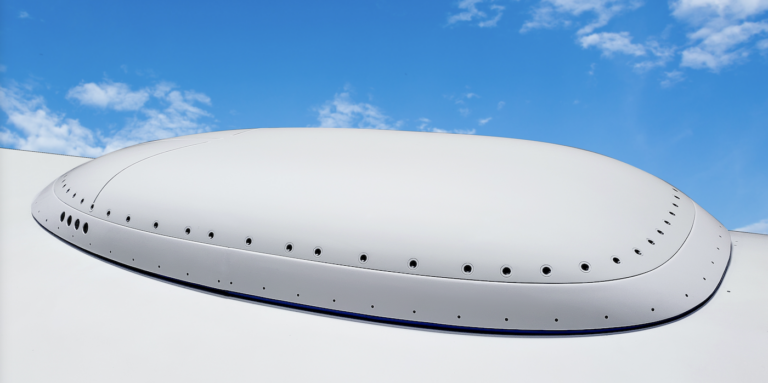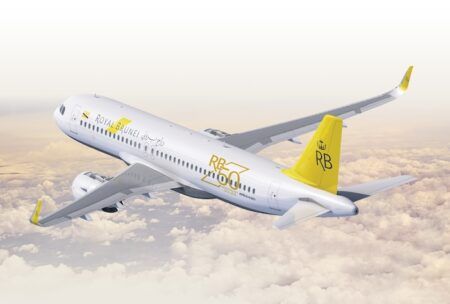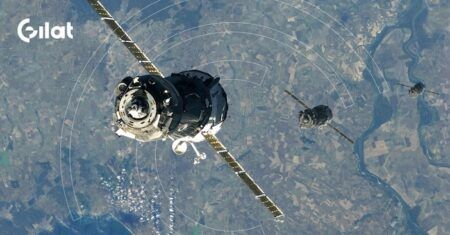ThinKom Solutions has released a statement claiming that an aerodynamic analytic study has found the drag values for its Ka-band satellite antenna to be “extremely low” when installed on regional jets.
David Lednicer, vice president of engineering at Aeromechanical Solutions, an aviation consultancy based in Redmond, Washington, conducted a series of computational fluid dynamics (CFD) analyses to predict the drag and incremental fuel burn for ThinKom’s Ka2517 antenna on different regional jet airframes under representative cruise conditions. According to ThinKom, in all cases, the report found that the drag increase due to the installation of the antenna was determined to be less than 0.4% of the aircraft’s already low cruise drag.
The study used the Star-CCM+ Navier-Stokes CFD Program, a software package which allows all of the flow physics to be modelled. The regional jets evaluated in the study included the Boeing 717, Embraer ERJ-145 and ERJ-175, and the Bombardier CRJ-200, CRJ-550 and CRJ-700.
“This independent analysis by a recognised industry expert confirms the feasibility for airline carriers to outfit their regional jet fleets with broadband in-flight connectivity (IFC),” claimed Bill Milroy, chief technical officer of ThinKom Solutions. “It’s imperative that aerodynamic drag and weight be minimised to make satellite IFC economically viable on these aircraft.”





